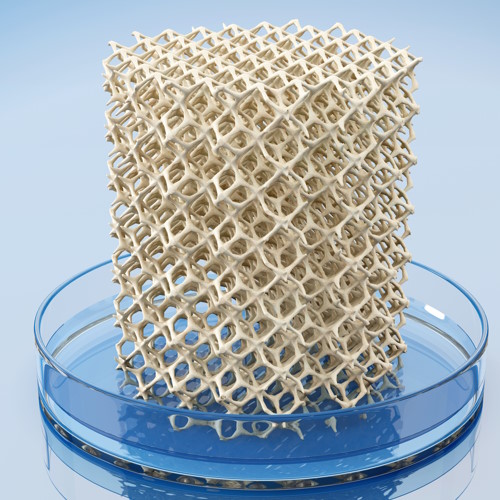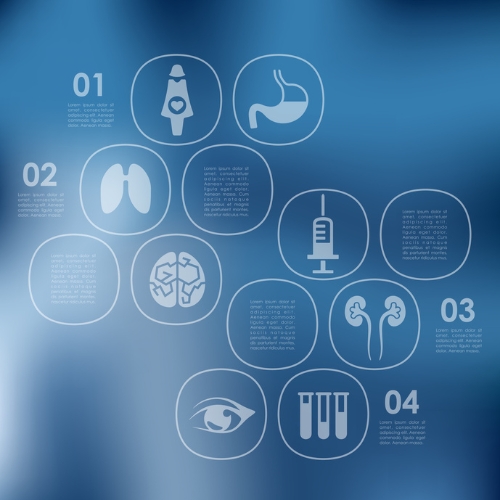Key points from article :
Researchers struggle to organize cells into complex 3D arrangements.
Developed a technique to modify naturally occurring biological polymers with protein-based biochemical messages.
A near-infrared laser triggers chemical adhesion of protein to biological polymers.
Proteins triggered changes affect cell growth, signaling and other behaviors.
"Biologically based scaffolds might one day make functional laboratory-grown tissues a reality," - DeForest, senior author.
Collagen and fibrin assembled each into fluid-filled scaffolds known as hydrogels.
Signals added to the hydrogels are proteins, one of the main messengers for cells.
Combined aldehyde-bearing proteins with alkoxyamine-coated hydrogels.
Rat liver cells when loaded onto collagen hydrogels bearing EGF, showed signs of DNA replication and cell division.
"This approach could work for almost any type of protein signal and biomaterial system" - DeForest.
Research by University of Washington published in the journal PNAS.






